Unheated room with cracked plaster and peeling paint
jlc102482
12 years ago
Featured Answer
Sort by:Oldest
Comments (7)
brickeyee
12 years agoliriodendron
12 years agoRelated Professionals
Cuyahoga Falls Kitchen & Bathroom Designers · East Islip Kitchen & Bathroom Designers · King of Prussia Kitchen & Bathroom Designers · Midvale Kitchen & Bathroom Designers · San Jose Kitchen & Bathroom Designers · Soledad Kitchen & Bathroom Designers · West Virginia Kitchen & Bathroom Designers · Artondale Kitchen & Bathroom Remodelers · Alpine Kitchen & Bathroom Remodelers · Buffalo Grove Kitchen & Bathroom Remodelers · Hoffman Estates Kitchen & Bathroom Remodelers · South Barrington Kitchen & Bathroom Remodelers · Spanish Springs Kitchen & Bathroom Remodelers · South Jordan Kitchen & Bathroom Remodelers · Anchorage Architects & Building Designersjlc102482
12 years agocolumbusguy1
12 years agobrickeyee
12 years agoliriodendron
12 years ago
Related Stories
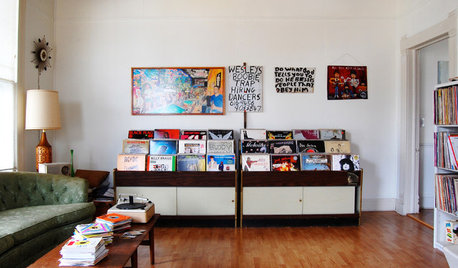
HOUZZ TOURSMy Houzz: Peeling Back Layers in a 1908 Home
Hidden fireplaces, buried hardwood and covered beadboard resurface thanks to a Mississippi couple's DIY efforts
Full Story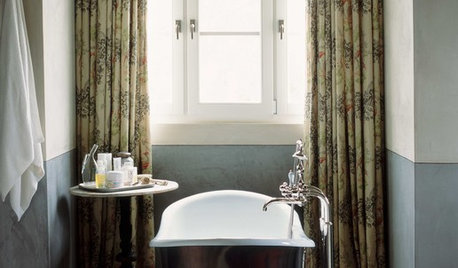
WALL TREATMENTSSurface Smarts: Venetian Plaster
Centuries-old Venetian plaster has made a roaring comeback in modern interiors. Could this old-world wall favorite work in your home?
Full Story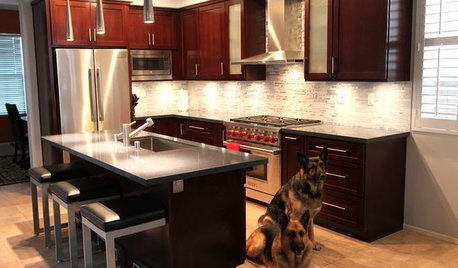
BEFORE AND AFTERSReader Project: California Kitchen Joins the Dark Side
Dark cabinets and countertops replace peeling and cracking all-white versions in this sleek update
Full Story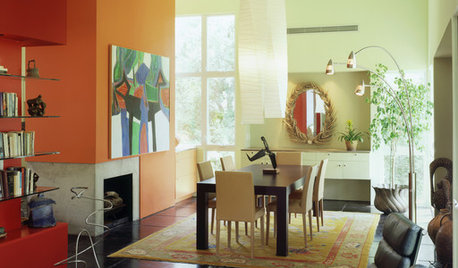
WORKING WITH PROSHow to Work With a House Painter
A professional house painter may be your best friend for refreshing rooms. Here's what you need to know to get the best result
Full Story
PAINTINGKnotty to Nice: Painted Wood Paneling Lightens a Room's Look
Children ran from the scary dark walls in this spare room, but white paint and new flooring put fears and style travesties to rest
Full Story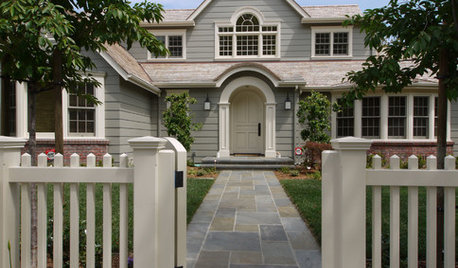
HOUSEKEEPINGOutdoor Home Prep to Do Before Hard Winter Hits
Avoid cracking, rusting and rotting during freezes by taking care of these tasks now
Full Story
PAINTINGWhat to Know About Milk Paint and Chalk Paint — and How to Use Them
Learn the pros, cons, cost and more for these two easy-to-use paints that are great for giving furniture a vintage look
Full Story
DECORATING GUIDESRoom of the Day: Romancing a Maine Dining Room
Glossy paint and country-style furnishings make a 19th-century interior an affair to remember
Full Story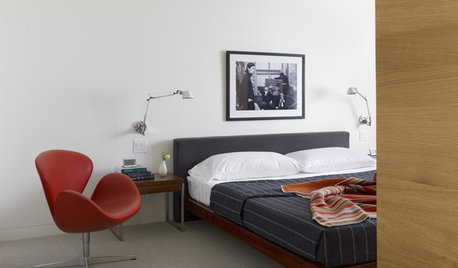
DECORATING GUIDESFrom the Pros: How to Paint Interior Walls
A slapdash approach can lower a room's entire look, so open your eyes to this wise advice before you open a single paint can
Full Story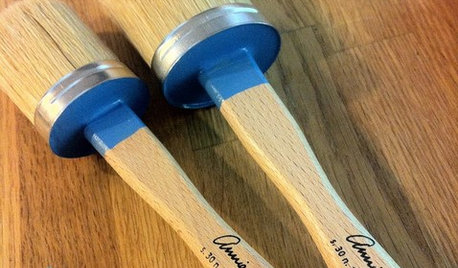
PRODUCT PICKSGuest Picks: Handy Finds for Painting Projects of All Kinds
Make over rooms and furniture more easily and with better results with the right paint and gear
Full Story









GreenDesigns